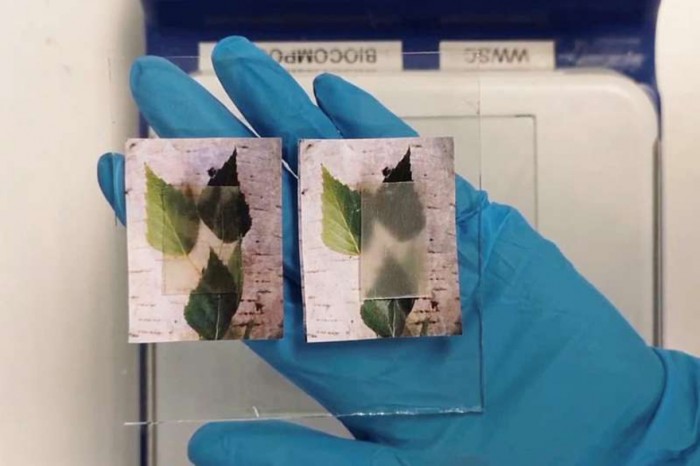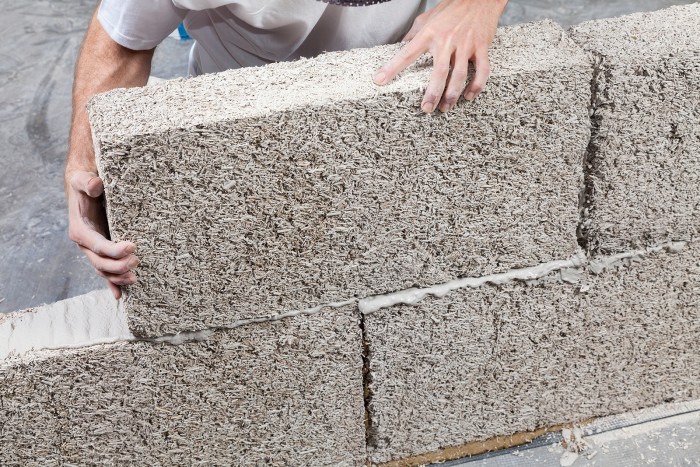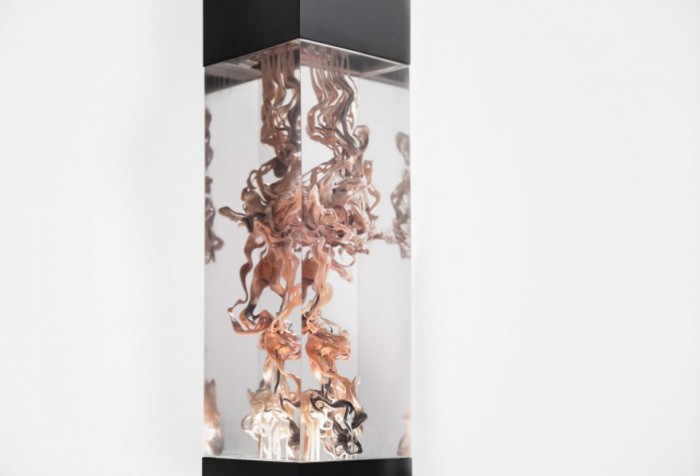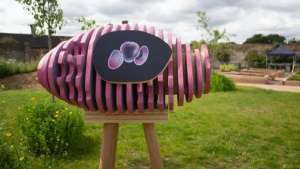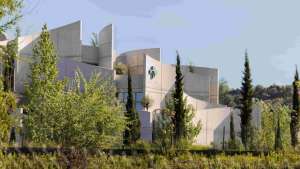As many of the speakers at this year’s Design Indaba mentioned, building more sustainable buildings and designs is becoming the focus for many practitioners in the architectural and engineering industries because for far too long, building and construction have been at the expense of the environment.
Given the current environmental challenges and global climate crisis, the building and creation of spaces should always be considered from the perspective of reducing their environmental impact, but unfortunately this process is still very slow.
More and more "green buildings" are popping up all over the place. These buildings make use of energy-efficient systems, such as solar panels, wind turbines, rain water collection and composting toilets.
When it comes to constructing these buildings, finding environmentally friendly building materials used to be quite difficult. However, given the significant amount of research that has gone into this subject, things have now changed for the better.
Scientists have recently developed a “transparent wood” that could one day replace building materials such as plastic or glass.
According to researcher Céline Montanari, of the KTH Royal Institute of Technology in Stockholm, who was involved in the development of the “transparent wood”, she and her team created a material that has multi-functional properties. The material can both transmit light and store heat.
Montanari and her team removed lignin from balsa wood and replaced it with acrylic. According to Montanari, this process helped to restore the wood’s strength, restore its structure and to improve its optical properties.
A team at the Massachusetts Institute of Technology has also discovered that by adding irradiated plastic to a mixture of concrete and fly ash, it could make concrete up to 15% percent stronger, and this could reduce the cement industry’s carbon emissions significantly.
Currently 4.4% of human carbon emissions are the result of concrete manufacturing. Adding these plastics to the mix means that plastics that would otherwise end up in landfills or our oceans can now be reused in order to make this mix.
Taking into consideration how much concrete is used every day for various buildings and design structures, scientists and engineers have looked to nature and its sustainable resources for inspiration.
For years hemp has received a lot of negative press, because of being part of the cannabis plant family. But what many might not know is that hemp is a versatile plant, which has been used in the textile, fuel and healthcare industries.
Hempcrete is a bio-composite material that is made up of a mixture of the inner fibres of the hemp plant and lime. Together this mixture serves as a great insulating and building material. Hempcrete is great for homes as it is non-toxic, mould- and pest-resistant as well as carbon-capturing.
Architect and designer Neri Oxman is studying how biology can be deployed with technology. In her latest project, titled 'Totem', Oxman and her team at the MIT Mediated Matter Group are exploring the possibilities of creating melanin-infused architectural structures.
Melanin is a natural pigment that occurs in nearly all life forms, and serves as the body’s protection from harmful UV rays.
The 'Totem' project is made up of 3D-printed sculptures that have been filled with melanin. These sculptures serve as a concept visualisation of how the melanin could be incorporated into architectural structures.
Oxman believes that by integrating this substance into various building designs it could serve as both a protector and an energy generator for those who inhabit them. According to Oxman the infusion of biological substances in architecture and design in the urban environment is inevitable.
Another project by the Mediated Matter Group features the work by German designer and Design Indaba alumnus Markus Kayser. Kayser and his team have created Fiberbots, a fibre- composite digital fabrication system.
The team behind these Fiberbots have looked at the way animals, such as spiders and ants, build structures, and used this as an inspiration for their robots. The robots are designed to wind fibre filaments around themselves, and in turn create large and incredibly strong structures.
These robots and the structures they create can be implemented in architectural projects, as fibreglass is known to be incredibly durable and strong. When taking the environment into consideration, fibreglass is a natural choice, as it is highly energy efficient and sustainable.
There are countless initiatives and designers who are trying to create a more sustainable built environment, but as mentioned before, it is a slow process. These researchers, designers and scientists are paving the way for an optimistic future in which our buildings don’t have to come at the expense of our environment.



